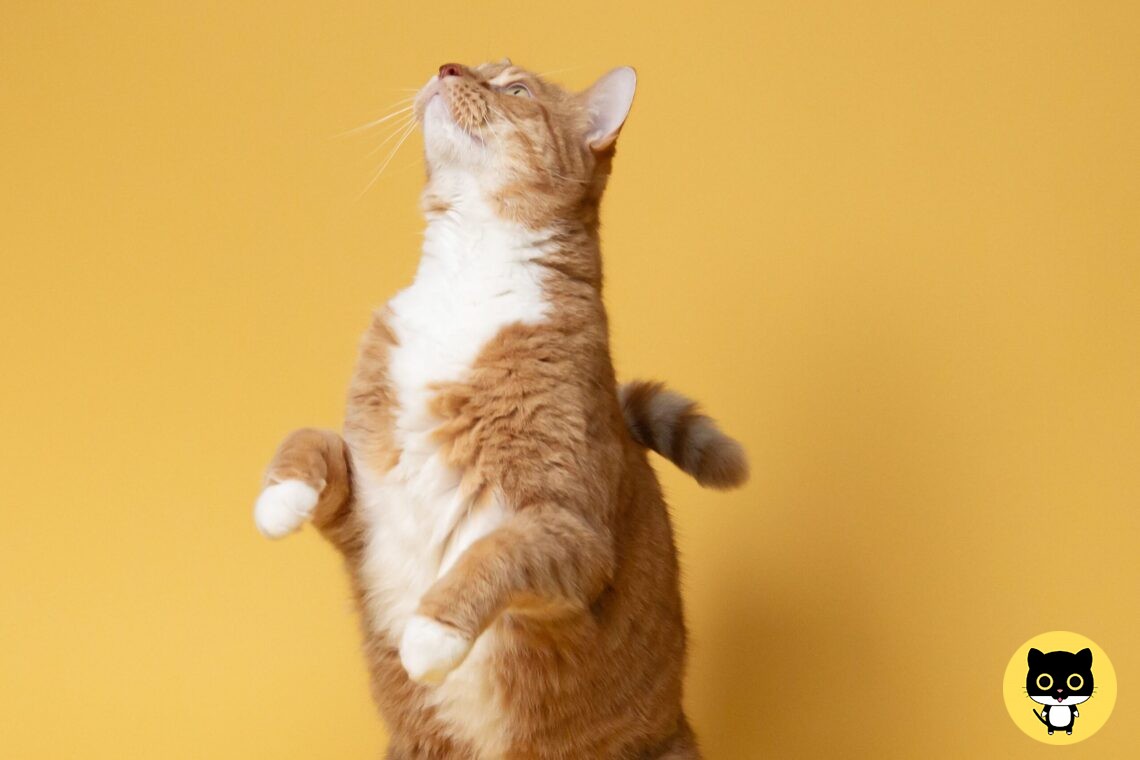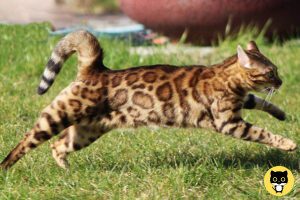Cats have long been admired for their agility and athletic abilities. But just how high can cats jump? We will delve into the fascinating world of cats and uncover the secrets behind their incredible jumping abilities.
The Anatomy of a Jumper
To understand why cats are such exceptional jumpers, we must first take a closer look at their anatomy. Cats have a unique skeletal structure and muscular system that is specifically designed for agility and vertical leaps. Their hind legs, in particular, are longer and more powerful than their front legs, providing them with the necessary propulsion for impressive jumps. Additionally, their flexible spines and strong back muscles allow them to arch their bodies mid-air, making course corrections and ensuring a soft landing.
Cats’ physical capabilities are deeply rooted in their evolutionary history. The domestic cats of today share many anatomical features with their wildcat ancestors, such as the North African/Near Eastern wildcat, which was a tree-dwelling species. These wildcats relied on their jumping abilities to navigate their natural habitats, evade predators, and capture prey.
The Science Behind the Leap
When a cat prepares for a jump, it demonstrates a fascinating display of biomechanics. By crouching down, the cat stores potential energy in its muscles, much like a compressed spring. Once released, the forceful contractions of the leg and lower back muscles propel the cat into the air. This spring-like mechanism, combined with the cat’s exceptional balance and coordination, allows for extraordinary vertical leaps.
But what about the height? On average, an adult domestic cat can jump an astonishing five to nine x times its own height. This usually translates to between 150 cm (4.9 feet) and 180 cm (5.9 feet), but sometimes to 8 feet or 240 centimeters. Of course, individual cats may vary in their jumping abilities, depending on factors such as age, breed, and overall health. Below you can see how the domestic cat compares to other cat species.
| Snow leopard | 6 m | 20 ft. |
| Tiger | 6 m | 20 ft. |
| Cougar | 5,5 m | 18 ft. |
| Serval | 4,6 m | 15 ft. |
| Lion | 3,3 m | 12 ft. |
| Bobcat | 3 m | 10 ft. |
| Jaguar | 3 m | 10 ft. |
| Domestic cat | 2,4 m | 8 ft. |
| Jaguarundi | 1,8 m | 6 ft. |
| Black-footed cat | 1,5 m | 5 ft. |
Factors Affecting Jumping Ability
Although cats are natural-born jumpers, certain factors can influence their jumping abilities. Age, for instance, plays a role in a cat’s physical capabilities. Kittens, while full of energy and curiosity, have not yet fully developed their strength and coordination. As they grow and mature, they gradually gain the strength and balance necessary for higher jumps.
Breed can also play a role in a cat’s jumping ability. Certain breeds, like the Munchkin cat with its shorter legs, may not reach the same heights as their longer-legged counterparts. However, it is important to note that each cat is unique, and individual variation within breeds should be considered.
Additionally, a cat’s overall health and physical condition can impact its jumping prowess. Cats with arthritis or other joint-related issues may experience limitations in their ability to jump. It is crucial to provide proper care and monitor the well-being of our feline companions to ensure their comfort and mobility.
The Righting Reflex
One of the most remarkable aspects of a cat’s jumping ability is its uncanny knack for landing on its feet. Cats possess a natural instinct known as the “righting reflex,” which allows them to orient themselves mid-air and adjust their bodies for a safe landing. This reflex relies on a combination of factors, including the cat’s inner ear structure, flexible spine, and swift muscle coordination.
The inner ear plays a vital role in a cat’s balance and spatial awareness. Cats have three structures in their inner ear that are oriented at 90-degree angles to one another. This unique arrangement enables cats to detect any shift in their body’s position and make rapid adjustments to maintain balance. Additionally, a cat’s flexible spine allows for mid-air rotations, ensuring a feet-first landing.
Comments or Questions? Please register to leave a reply below and to post in the Forums.




